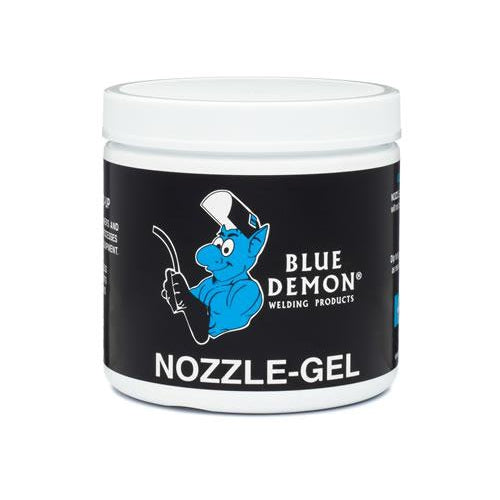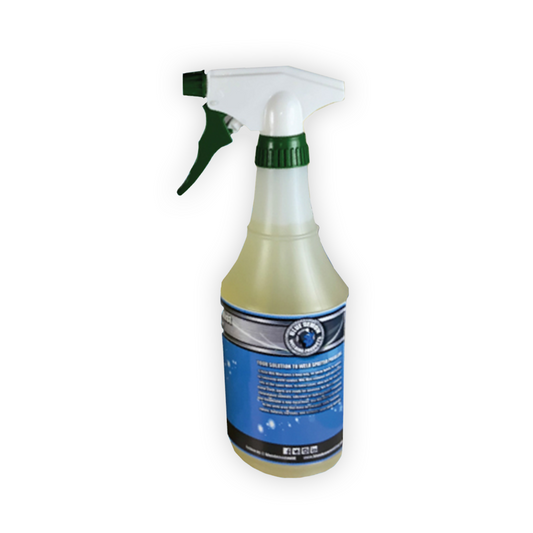Whether you're a seasoned welder or just starting out, you've likely dealt with welding spatter—those pesky molten metal droplets that spray from the weld and land where they’re not welcome. Not only can spatter ruin the appearance of your weld, but it can also lead to unnecessary cleanup and even damage your equipment or work surface. The good news? With the right techniques and tools, you can significantly reduce or even eliminate welding spatter from your workflow.
Here are some practical tips and tricks to help keep your welds clean and spatter-free:

Fine-Tune Your Settings
Spatter often occurs when voltage, amperage, or wire feed speed are not properly set. Make sure to:
- Match voltage and wire speed to the material thickness and welding process.
- Adjust travel speed to maintain a stable arc—too fast or too slow can create erratic results.
- Use the correct polarity for your specific wire type and process.
Dialing in your machine properly can make a world of difference in spatter control.
Use the Right Shielding Gas
The type and ratio of shielding gas can dramatically affect spatter production:
- For MIG welding, a 75/25 mix of Argon and CO₂ often results in less spatter compared to using 100% CO₂.
- For flux-cored welding, the shielding gas type (or lack thereof) should match the flux core wire’s specifications.
Using the recommended gas for your application promotes a smoother arc and reduces unnecessary spatter.
Keep Your Consumables Clean
Dirty or worn-out contact tips, nozzles, and diffusers can disrupt the arc and cause excessive spatter. Be sure to:
- Clean your nozzle and tip regularly.
- Replace worn consumables promptly to maintain good electrical conductivity.
- Use anti-spatter spray or gel to prevent buildup and make cleanup easier.
Clean gear = cleaner welds.
Choose Quality Wire
Low-quality filler wire can introduce impurities and irregular feeding, both of which increase the likelihood of spatter. Always opt for:
- High-quality, name-brand welding wire.
- Wire that has been stored properly to avoid rust, dirt, or contamination.
Baker’s Gas carries top-tier welding wire brands to help you keep your welds clean and precise.
Perfect Your Technique
Operator error is a common contributor to welding spatter. Focus on:
- Maintaining a steady hand and consistent travel speed.
- Keeping the correct gun angle (typically 10–15 degrees for MIG).
- Ensuring proper stick-out length—too long or short can affect arc stability.
Practicing and refining your technique pays off with better results and fewer messes.
Use Anti-Spatter Products
Pre-treating your workpiece and torch components with an anti-spatter spray or gel can prevent droplets from sticking in the first place. These products:
- Create a protective barrier on your equipment.
- Make post-weld cleanup faster and easier.
- Help extend the life of your consumables.
Baker’s offers a wide selection of anti-spatter products to keep your workspace tidy and your tools in top shape.
Preventing welding spatter not only improves the quality and aesthetics of your welds, but it also saves you valuable time and resources. From machine settings and gas selection to technique and consumables, every part of your setup plays a role. With these tips and a little attention to detail, you can achieve cleaner welds with far less cleanup.
Have questions or need help choosing the right gear? Contact Baker’s Gas and Welding today at 877-930-5690 or email us at support@bakersgas.com. Our knowledgeable team is here to support all your welding needs!




